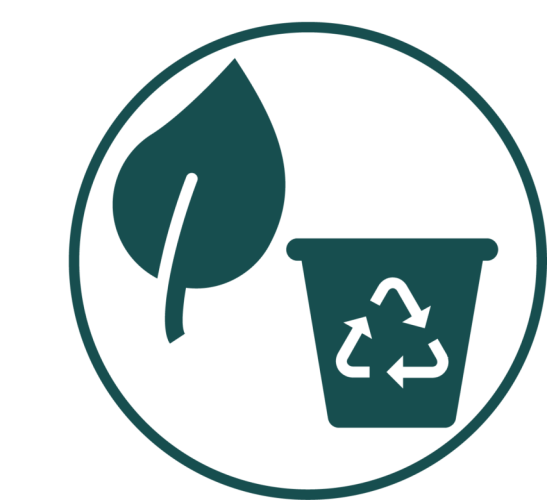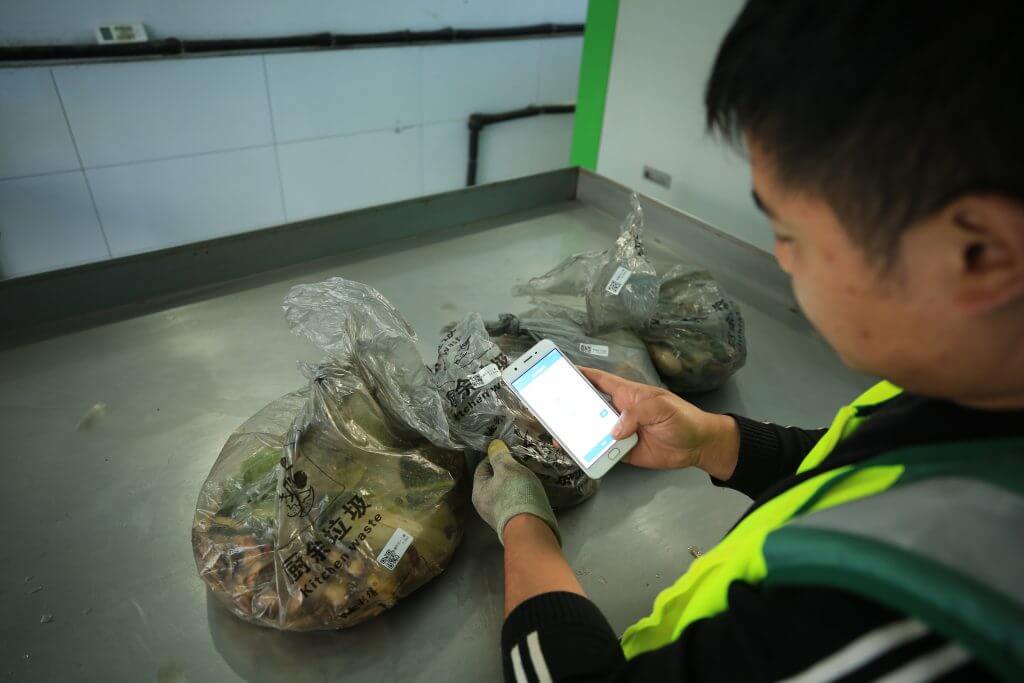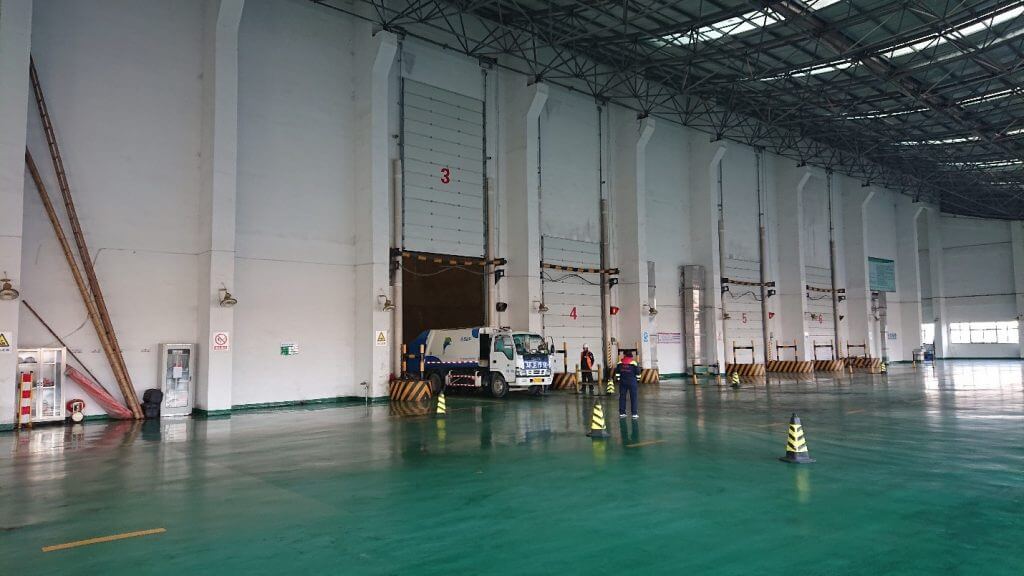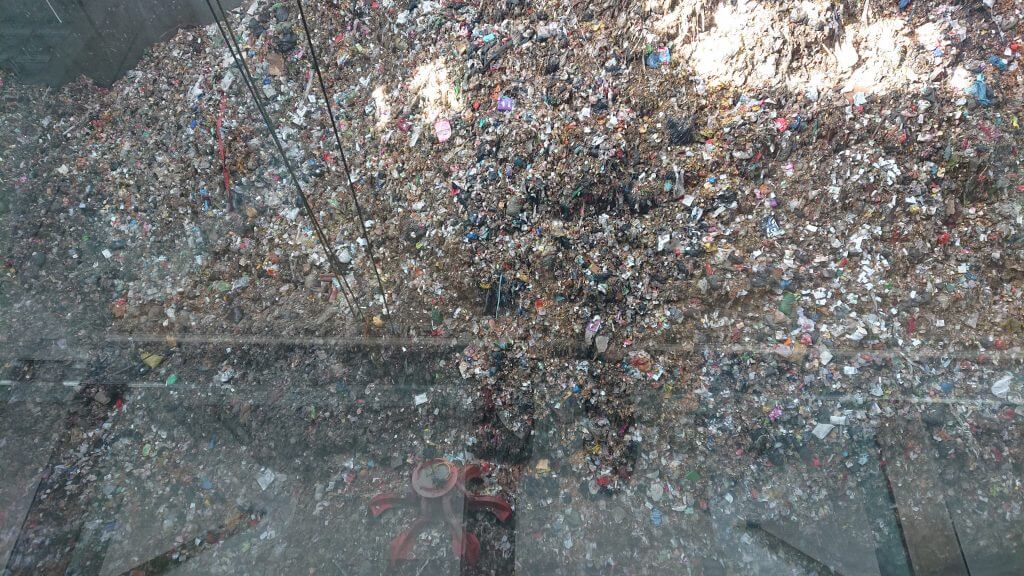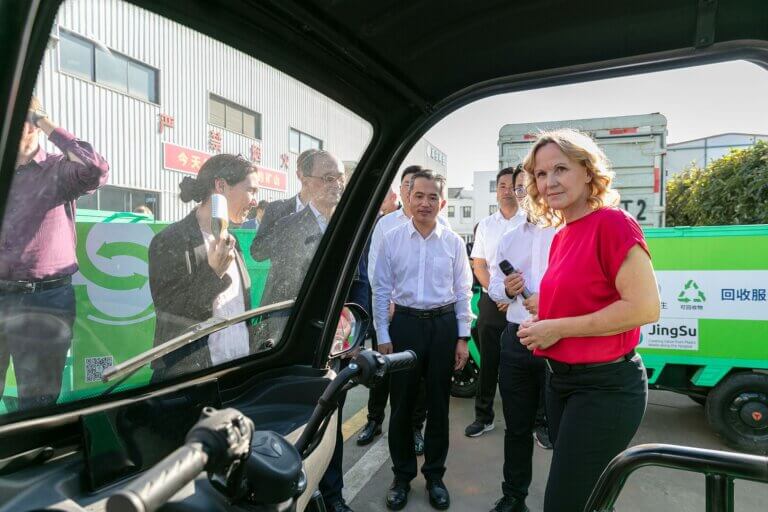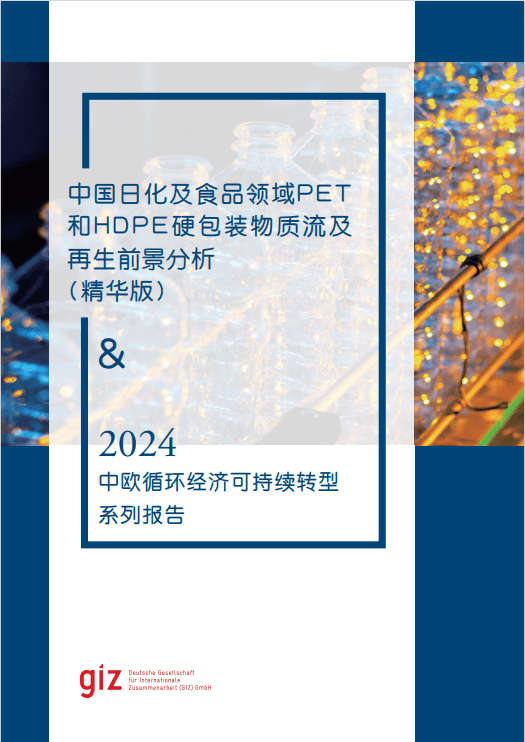In November 2019, as part of a regular monitoring tour, the team of China Integrated Waste Management NAMA Support Project (China IWM NSP) jointly with the experts from Wasteaware conducted its first annual assessment of waste management systems in the demonstration municipalities according to the system of Key Performance Indicators. The results show that in comparison to the baseline study, all cities managed to improve their municipal solid waste management (MSWM) either in terms of infrastructure or with respect to governance.
Increase in the total score! And this is despite stricter accounting and monitoring requirements “imposed” by the project on the demo-cities of Suzhou, Xi’an, Bengbu, Taian and Lanzhou. A 2,4% growth in the overall KPI assessment in comparison to the baseline level might sound like a small number, but it reflects serious changes in waste management infrastructure and, more importantly, governance across all municipalities.
Construction of new waste management facilities following the most advanced safety and environmental performance requirements resulted in a higher score for the indicator “Environmental control in waste recovery and disposal”. In case of new biogas facilities treating restaurant and kitchen waste it also contributed to the “3Rs”-indicator assessing resource value and cities’ progress towards waste reduction, reuse and recycling.
Some positive changes were recorded with respect to the governance aspect of integrated waste management. In particular, municipalities improved their cost accounting and, in some cases, embraced more active collaboration with the private sector.

The overall situation in demonstration municipalities in 2019
What remained the biggest challenge in 2019, was the recycling rate – from data gathering to its verification and reporting. Clearer and stricter requirements assumed by the KPIs and promoted by the project, have led to a decrease in the reported recycling rate for 4 out of 5 demo-cities. At the same time, this data provided a reliable and comparable basis for tracking and recording cities’ progress towards a circular economy and resource efficiency in the coming years.
Updated KPIs can be seen on the profile pages of demonstration municipalities of China IWM NSP.
